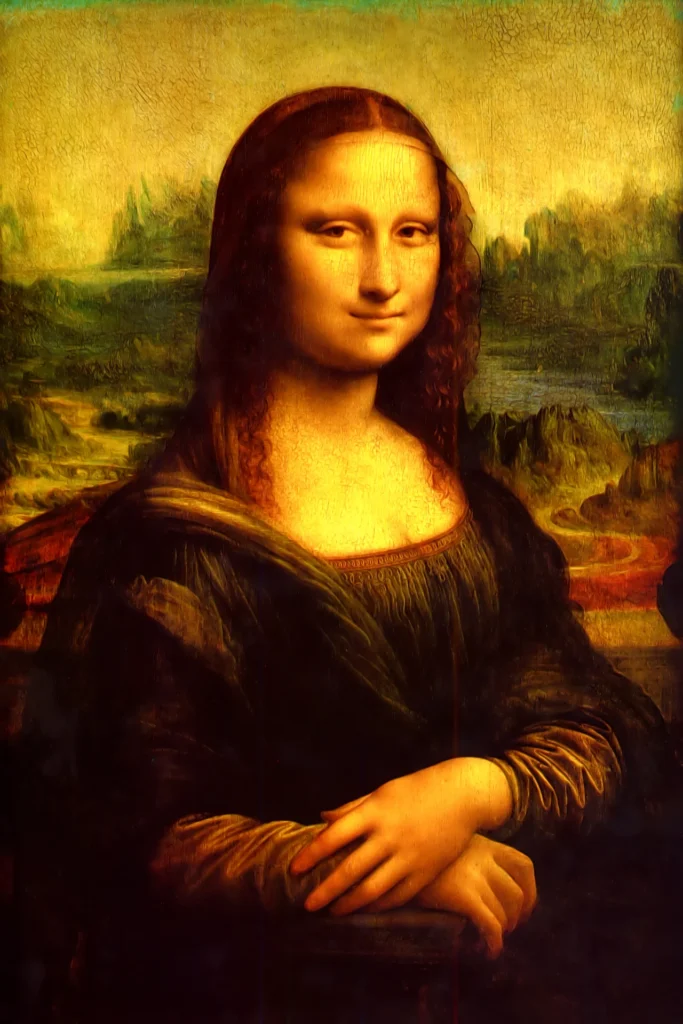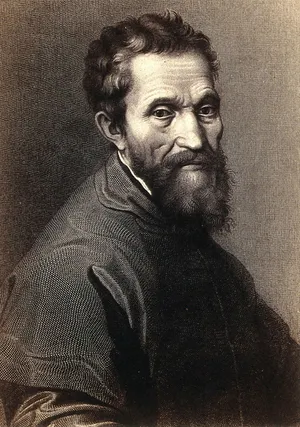
Parmigianino (1503–1540), born Girolamo Francesco Maria Mazzola, was an Italian Mannerist painter and printmaker renowned for his elegant compositions and distinctive elongation of forms. His work represents a significant shift from the High Renaissance to Mannerism, characterized by stylized beauty and complexity.
Key Details:
- Early Life and Education:
- Parmigianino was born in Parma, Italy, and showed artistic talent from a young age. He was trained by his father, who was a painter, and later studied under notable artists such as Correggio.
- His early works reflect the influence of the High Renaissance, particularly in their technical precision and attention to detail.
- Artistic Style:
- Parmigianino is known for his Mannerist style, which emphasizes elongated proportions, artificiality, and a heightened emotional expression.
- His compositions often feature intricate poses, exaggerated forms, and a sophisticated use of color and light, creating a sense of elegance and grace.
- Notable Works:
- “Madonna with the Long Neck” (c. 1534–1540): This iconic painting exemplifies his Mannerist style, showcasing the elongated figures of the Madonna and Child, surrounded by a series of dynamic forms and drapery.
- “Self-Portrait in a Convex Mirror” (1524): This early work is notable for its innovative use of perspective and its exploration of self-representation. The convex mirror distorts the image, highlighting Parmigianino’s skill in creating depth and spatial complexity.
- “The Vision of St. Jerome” (c. 1525): A striking composition featuring St. Jerome in a moment of divine inspiration, illustrating his unique approach to narrative and color.
- Influence and Techniques:
- Parmigianino’s work influenced the development of Mannerism, particularly in Northern Europe. His elongated figures and complex compositions inspired later artists such as El Greco.
- He experimented with different mediums, including oil painting, fresco, and printmaking, showcasing his versatility as an artist.
- Later Life and Challenges:
- Parmigianino faced various challenges, including financial difficulties and political instability in Italy. He spent time in Rome and Bologna, where he continued to work despite these obstacles.
- His later years were marked by a decline in health and a focus on his more personal and introspective works.
- Legacy:
- Parmigianino’s contributions to art have been celebrated for their beauty and complexity. He is often viewed as a bridge between the ideals of the High Renaissance and the more stylized approaches of Mannerism.
- His work remains influential in art history, and he is recognized for his ability to convey emotion through innovative forms and compositions.
- Death:
- Parmigianino died in 1540 at the young age of 37, leaving behind a body of work that continues to captivate audiences and scholars alike.
Parmigianino’s artistic innovations and distinctive style make him a key figure in the history of Italian art, and his legacy endures in the study and appreciation of Mannerist painting.


